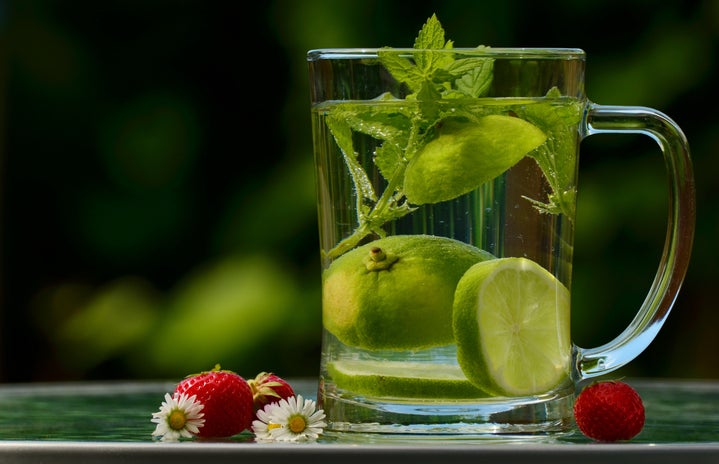There are many things to be said about weight loss and dieting, but if there’s one thing that rings true for everyone it is this: we have ALL been there. Whether you have been struggling with weight your entire life or just overindulged at your parent’s house over the holidays, you are not alone.
While you can lose weight different ways social media, celebrities and sites like Pinterest tend to promote diets that aren’t the best for your physical or mental health. Here are six fad diets you should NOT consider when getting back in shape this year.
1. Gluten Free
Unless you are part of the 1% of the population that suffers from Celiac disease, you do not need to restrict gluten from your diet. Gluten is a protein found in wheat, rye and barley and it gives good structure to bread products. The increase in gluten free products in stores is simply because of consumer demand. While there have been more cases of Celiac disease diagnosed in recent years, healthcare professionals believe that it is because of disease awareness, and not because the disease is actually becoming a bigger problem than it was before. When choosing breads opt for whole grain varieties, they will keep you full longer and are a good source of fiber.
2. Low Carb
What many people do not understand about carbohydrates is that all sugars are carbs. Fruits and vegetables are carbohydrates too, not just bread and pasta. In any basic nutrition class you would learn that approximately 55% of your daily calories should come from carbs because they are the body’s main source of energy. So no, half of your food consumption should not come from bread and pasta, but a low carb diet will not help you lose weight. Fruits and vegetables are an extremely important component to a healthy diet because they contain vitamins and minerals that your body needs. By MyPlate standards, your meals should consist of half fruits and vegetables, ¼ protein, ¼ grains and a serving of low-fat or fat-free dairy.
3. Paleo
The funniest thing about this diet is that there is no consistency and every website or article seems to define it differently. Some say grains and dairy are ok; some say they are not allowed. No matter what the case is, this is a diet that restricts foods which is not healthy for your mind or body. If you want to lead a healthy lifestyle, you need to learn how to become a competent eater. Overthinking every bite of food that goes into your mouth is exhausting and will cause you more stress than health. As many dietitians and nutrition experts say, “there are no bad foods, just bad portions of foods.”
4. Organic
Organic eating is a touchy subject for a lot of people, but another that is driven by consumer demand and not necessarily by health. The only food that has actually been proven to taste better when grown organically is tomatoes. So if you’re a tomato eater, go ahead and spend the money on organic. For those of you who are concerned about pesticides on your produce, consider this: farmers do not want to spend more money than they need to on their crops. Chemicals and pesticides (that are all perfectly safe and regulated) are very expensive. Most pesticide residue that is left on produce can also be removed during rinsing of the fruit or vegetable.
5. Clean Eating
Clean eating is supposedly eating minimally processed foods because it is healthier. While many processed foods are not nutritious choices (e.g. Oreos), did you know that baby carrots are technically a processed food? They are altered from their natural state, which is what a processed food is. There are different levels of processed foods and of course, baby carrots are very minimally processed, but this whole idea of “eating clean” is getting a little out of hand. If you want French fries tonight at dinner, eat French fries. Have a salad for lunch, or save half for your next meal. Or just eat French fries for one meal and don’t feel guilty because that’s something a competent eater would do.
6. Body Wraps
Yes, the insane trend smothering your Facebook newsfeed. Body wraps can show instant results but they can never take the place of a balanced diet and exercise. What you are losing in that short amount of time is temporary and mostly water weight. As soon as you eat and drink you will gain it right back, probably within a day or two. The ultimate goal of weight loss for everyone is to lose fat. Body wraps are also very expensive. Imagine all of the fruits and vegetables you could buy for the same price; you could even splurge on organic tomatoes!
Moral of the story: if a diet or weight loss plan seems too good to be true, it definitely is. A healthy lifestyle is a lot of work but it is so worth it. Getting into routine is always the hardest part, but if you start now just think of where you could be six months or a year down the road.

